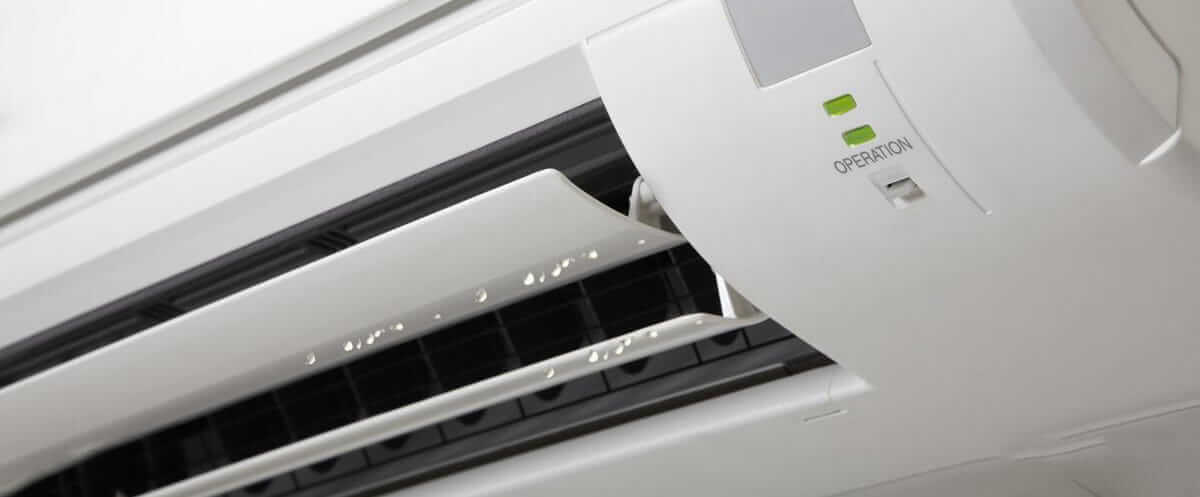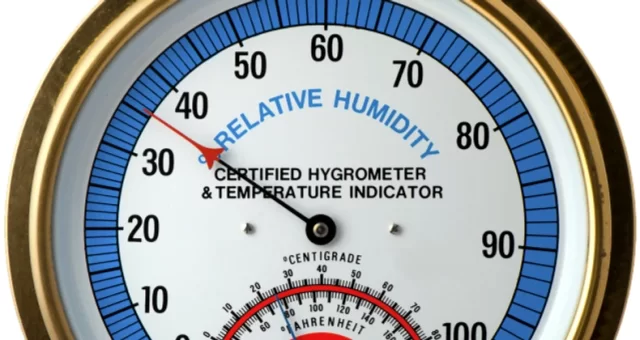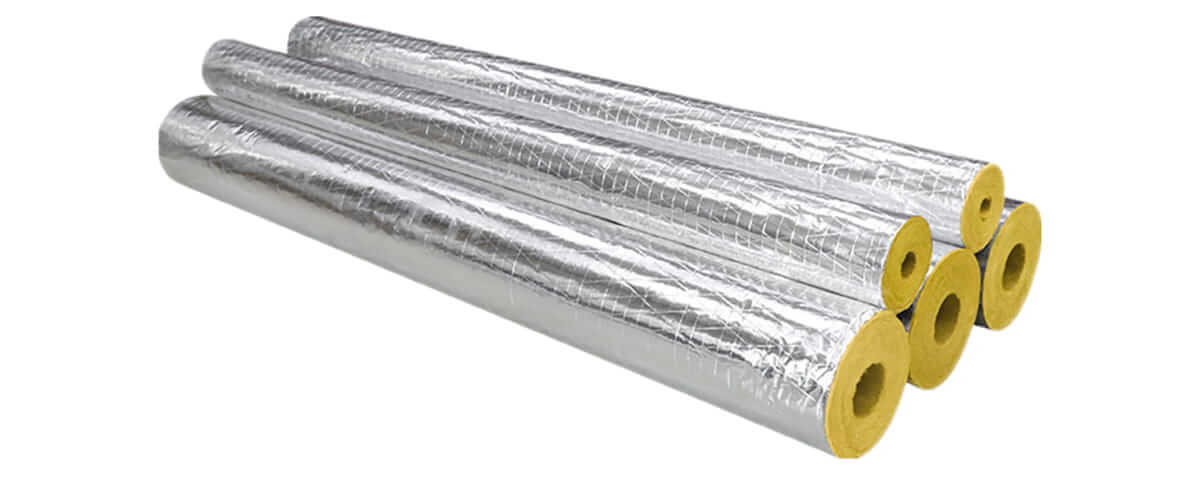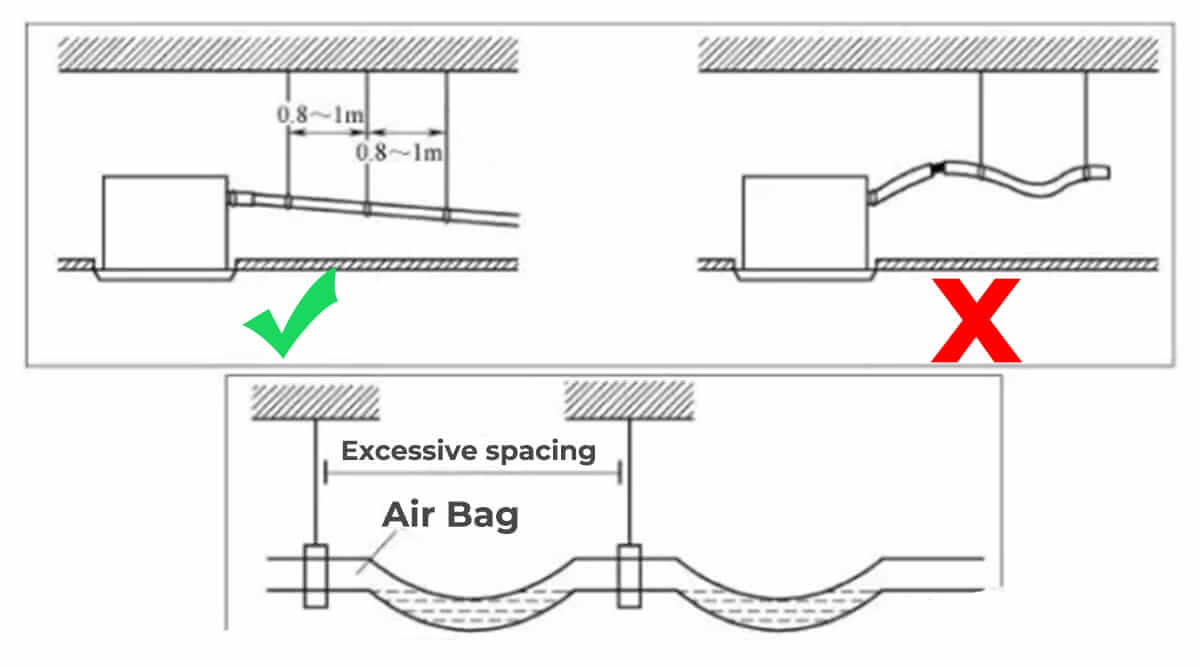Condensate refers to the water condensed from water vapor in the room due to the low surface temperature of the heat exchanger (the indoor unit of the air conditioner). It flows out from the water collection tray under the evaporator of the indoor unit and is discharged through the condensation pipe.
The Actual Cause of Condensation

The root cause of air condensation is when the indoor air temperature drops below its dew point temperature it will condense. In actual air conditioning projects, there are many reasons for the occurrence of dew condensation, and the following main points exist.
1. Unreasonable design of the new exhaust system
Due to the unreasonable setting of the new exhaust system in the air-conditioning area, excessive negative pressure is generated, so that the unorganized outdoor air enters the room, thus raising the humidity of the air and its condensation dew point, and the surface temperature of the air outlet is lower than the dew point temperature of the unorganized air that has just penetrated into the room, thus leading to the condensation of the air outlet.
2. Non-compliant insulation materials
In the air conditioning project insulation is a very critical part. Insulation of good or bad will directly affect the loss of air conditioning cold and indoor air conditioning effect, increase the operating costs of air conditioning, more serious is the thermal conductivity of the insulation layer exceeds the standard, the thickness is insufficient or insulation layer off, material performance and thickness does not meet the design requirements, will cause condensation phenomenon.
3. Large temperature difference air supply
Some people lower the air supply temperature to reduce the air supply volume in order to reduce the project cost, thus reducing the fan power and duct size. However, because the cold air temperature delivered by the air supply outlet is too low, the water vapor in the air is rapidly condensed near the air supply outlet due to low temperature, forming condensate.
4. Larger relative humidity

Defect design on poor airflow organization, or the use of humidifiers, resulting in a large relative humidity of air within the region of the air conditioning outlet, the dew point temperature increases, it is easy to produce condensation.
Ways to Prevent the Generation of Extra Condensation
1. Reasonable design of new exhaust air system
2. The correct choice of insulation materials and reasonable calculation

Different insulation materials have different thermal insulation properties, and the range of options is large. So the choice of air conditioning water pipes, air ducts of the insulation material capacity, thickness, heat transfer coefficient and other parameters must meet the design requirements. Insulation layer thickness should also be calculated in accordance with the principle of anti-condensation, and not blindly estimated. Anti-condensation refers to the requirement that the surface temperature of the pipe and equipment after insulation should be greater than the dew point temperature of the air outside the insulation layer, to ensure that the vast majority of the time no condensation.
3. Reduce air supply temperature difference
Increase the air supply volume to increase the air supply temperature and reduce the air supply temperature difference to prevent condensation. The air supply temperature should meet the design requirements to prevent the occurrence of dew condensation caused by low temperature air supply. This is generally solved by adjusting the chilled water flow (i.e. reducing the chilled water flow), increasing the air supply temperature or increasing the air supply speed.
4. Reduce the relative humidity in the room
The optimal relative humidity in the room should be 49% – 51% . Tools such as dehumidifiers can be used to dehumidify , reduce the relative humidity in the room. You can also change the ratio of the new return air without affecting the indoor hygiene requirements (such as dust and debris, etc.). Reduce the new return air ratio, increase the dehumidification volume, so that the air supply state point to achieve the dehumidification requirements.
5. Use materials with low thermal conductivity to make vents
Thermal conductivity refers to the heat transfer in stable heat transfer conditions, 1m thick material, the temperature difference between the two sides of the surface ≤ 1 ° C,in 1 hour, the heat transferred through 1 square meter area. For example, with wood vents, the general outlet condensation is too much humidity in the room, which can increase the air temperature.
Air Conditioning Condensate Drainage Design

For the more functional and comprehensive hotel central air conditioning project, condensate discharge generally has three ways.
- Separately set up the piping system for condensate discharge and discharge into the designated drains. This way is not affected by other factors, conducive to the discharge of condensate, but the installation site should have enough space, the installation location must be guaranteed. This discharge method should be used as a priority if there are conditions.
- Set up the pipeline of condensate discharge in each floor, and then connect it to the main drainage pipe of the building. To ensure that the horizontal pipe of the main drainage in the floor does not condense, an appropriate thickness of insulation layer should be added outside the horizontal pipe.
- At the end of each installation is connected to the nearby drainage pipe. This way is simple and convenient, but must consider the problem of condensation caused by condensate discharge may be outside the drainage pipe.
After the installation of drainage pipe, the irrigation test should be done to check whether the drainage slope is sufficient and whether the drainage is smooth, and to rectify the problems found in time.
